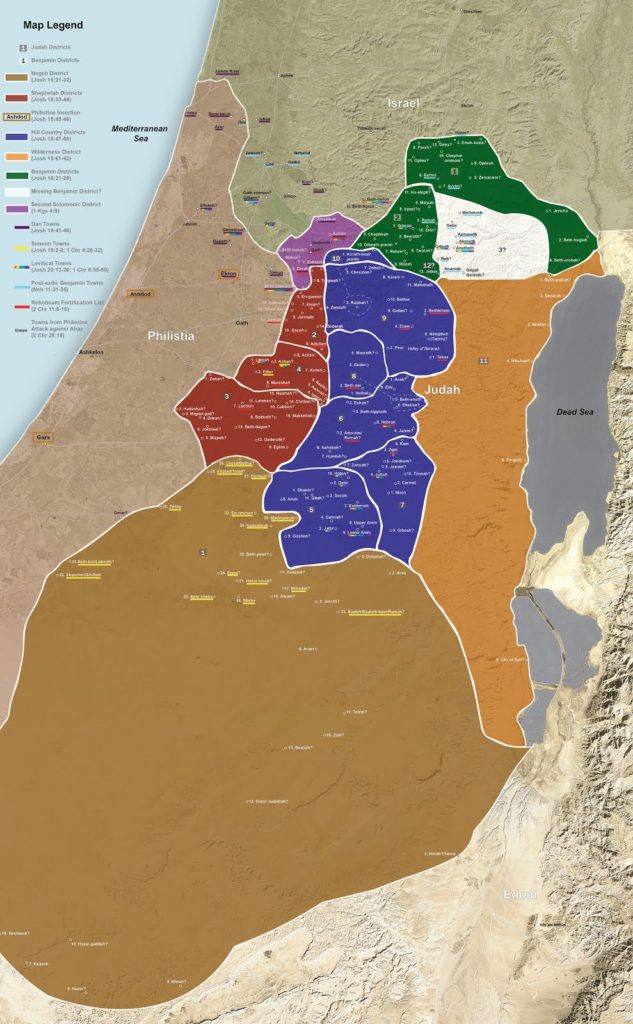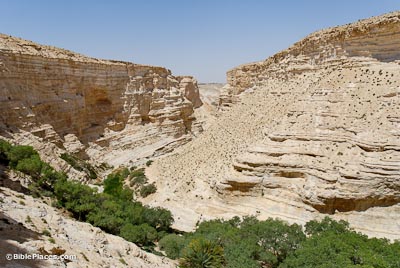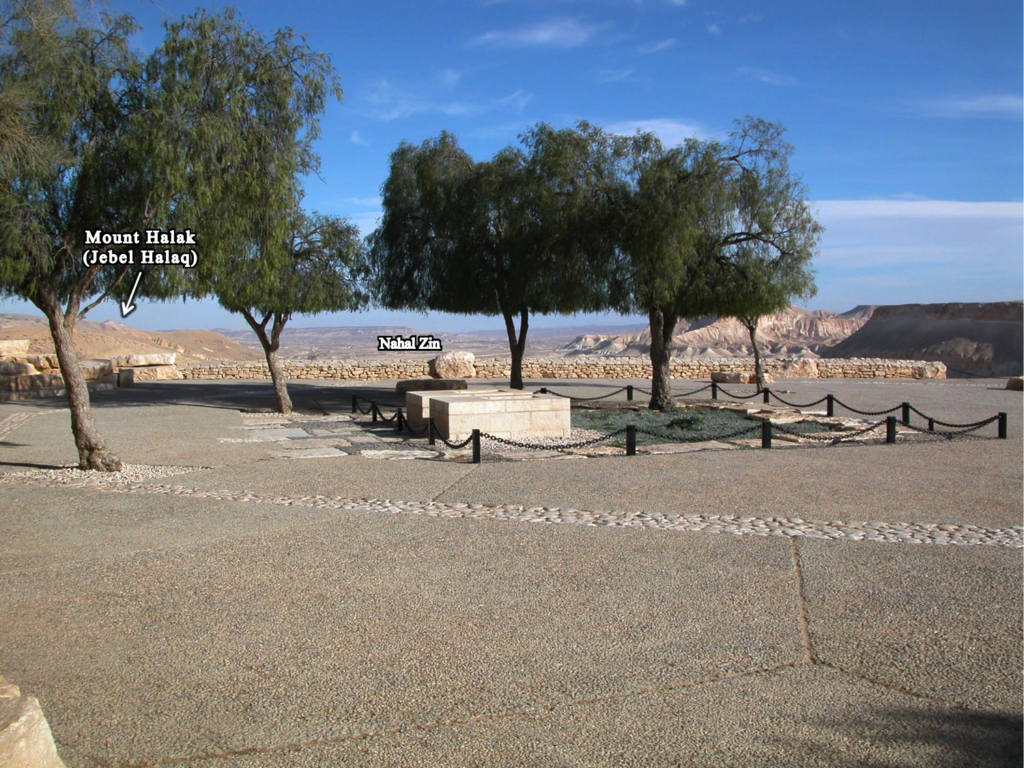by Chris McKinny
I am excited to announce that Seeking a Homeland is planning a study tour of Israel for this upcoming summer! See here for details/registration and below for a discussion of the uniqueness of the planned tour.
Dates: June 10-19, 2016
Leader: Chris McKinny
Brief Itinerary (10 field days):
June 10 Arrival/Coastal Plain, June 11 Shephelah and Negev, June 12 Dead Sea, June 13-14 Jerusalem, June 15 Jordan Valley, June 16 Jezreel Valley, June 17-18 Galilee, June 19 Coastal Plain, June 20 Departure or Tel Burna Archaeological Project (see below)
Focus: Geographical, historical, biblical, and archaeological background of Israel, the land of the Bible
Level of Difficulty: Moderate, a lot of walking and several difficult hikes
Availability: 15-30 people
Price: $2,300/person (excluding airfare and lunches)
Add-on: Tel Burna Archaeological Project June 19-July 15, 2016 (1-4 weeks); a $150 discount will be applied to a participant who joins the project (minimum one week).
Deadline: March 31, 2016
Description:
This study tour is not for everyone. During this tour, there will be very little time for relaxation and even less time for shopping, but we will find time to swim in the Mediterranean, Sea of Galilee and Dead Sea.
This tour is built on the IBEX (The Master’s College) model – where I have taught/led study tours since 2010. This type of study tour will be much different than your standard “church” or religious tour of Israel that often devote equal amounts of time to the hotel’s swimming pool as they do at biblical sites.
While intensive study tours are much less common than the typical tour described above, there are other good options. So what makes Seeking a Homeland’s tour unique?
Two things:
First, this tour will be led by an experienced teacher who also is a trained and active biblical archaeologist (in the field, classroom, and the academy).
Second, participants will have the opportunity to excavate at Tel Burna (Libnah), a major archaeological site, immediately following the tour. In my opinion, an archaeological excavation is the natural “follow-up experience” to an intensive geographical study of Israel. This is born out by the fact that many people who visit Israel develop an interest in biblical archaeology and attempt to follow current discourse through such means as Biblical Archaeological Review and this blog. On the other hand, there are some who have only taken part in an archaeological excavation in Israel and have not had the opportunity to travel throughout Israel and, subsequently, gain a working knowledge of the country’s geography and history. Planning the field tour in connection with the archaeological project allows for participants to experience both the broad scope of biblical geography while also participating and helping recover the “nuts and bolts” (or “weapons and pottery”) of individuals who actually lived during the time of the Bible. This combination makes Seeking a Homeland’s tour unique and a good opportunity for those who have never been to Israel or returnees who would like to refresh their past geographical knowledge and gain new insight by participating in an important archaeological investigation of a biblical site.
Our goals for the field tour will be three-fold:
1) to observe as much of the country as possible.
2) to illustrate and contextualize the Old and New Testament narratives against the backdrop of Israel’s geography, archaeology and history.
3) to internalize the landscape, background, and worldview of the biblical authors and audiences, in order to achieve better and more nuanced interpretations and, thereby, applications of the biblical text.
For those who decide to join the Tel Burna Archaeological project following the tour, an additional goal will be for participants to “experience the physical culture (cooking/eating, religious, military, administration, etc.) of the Canaanite and Israelite world” through a first-hand experience of archaeological excavation. Imagine yourself finding a Canaanite figurine depicting Asherah (Judges 2:13) or a LMLK seal impression from the time of King Hezekiah (2 Kings 19:8) – both from the town of Libnah, which the Bible says was defeated by Joshua (Joshua 10:31-32) and Sennacherib (2 Kings 19:8). These are the types of finds that are waiting for us at ancient Libnah.
 |
| Canaanite Plaque Figurine |
Interactive Map of Tour Itinerary:
 I don’t know anything else like this where all the sessions are devoted to unpacking the meaning of biblical passages using historical, geographical, literary, and archaeological insights. I plan to be there again this year and I recommend it to all of my readers.
I don’t know anything else like this where all the sessions are devoted to unpacking the meaning of biblical passages using historical, geographical, literary, and archaeological insights. I plan to be there again this year and I recommend it to all of my readers.






